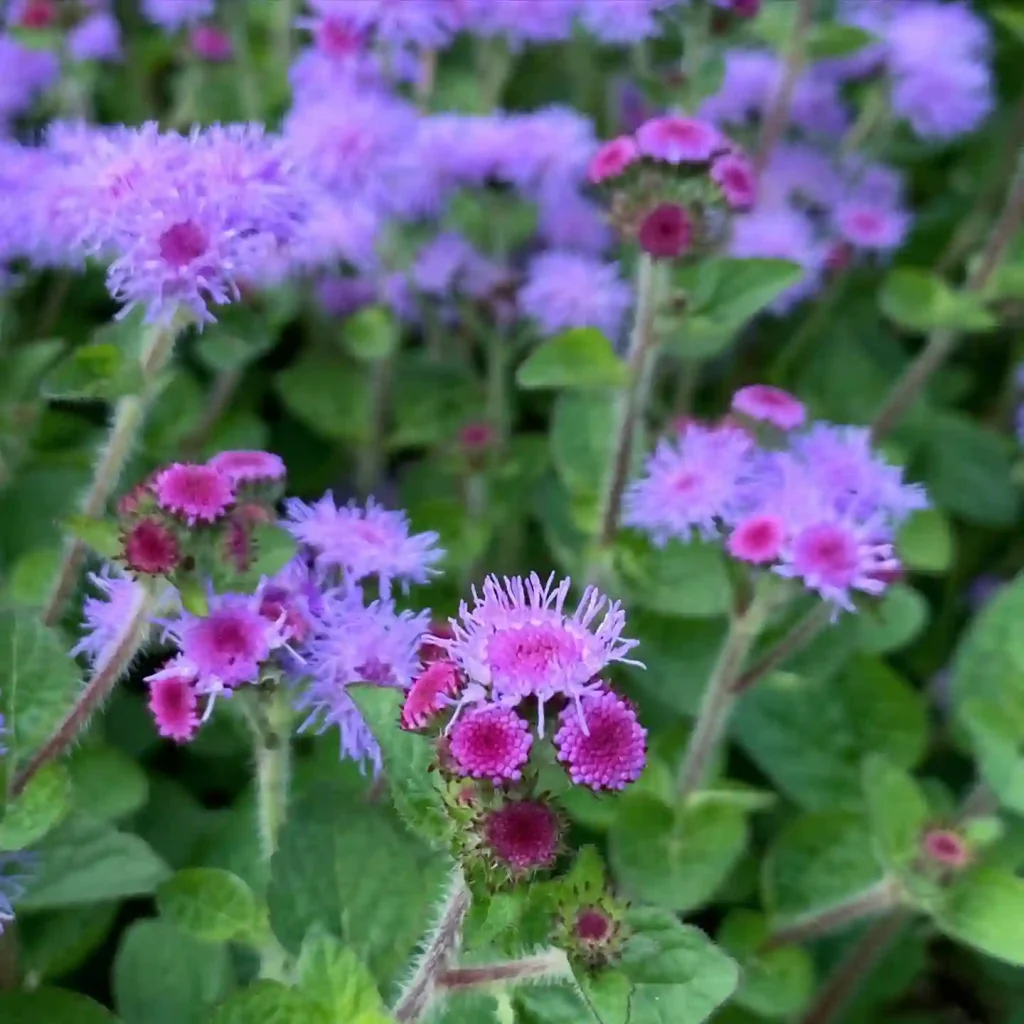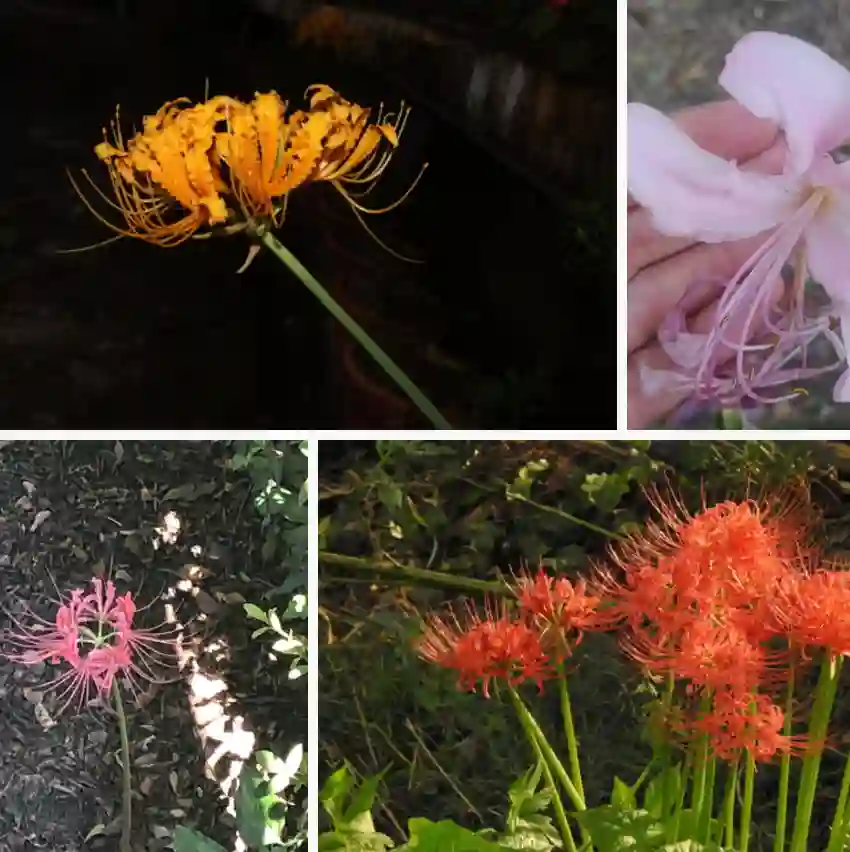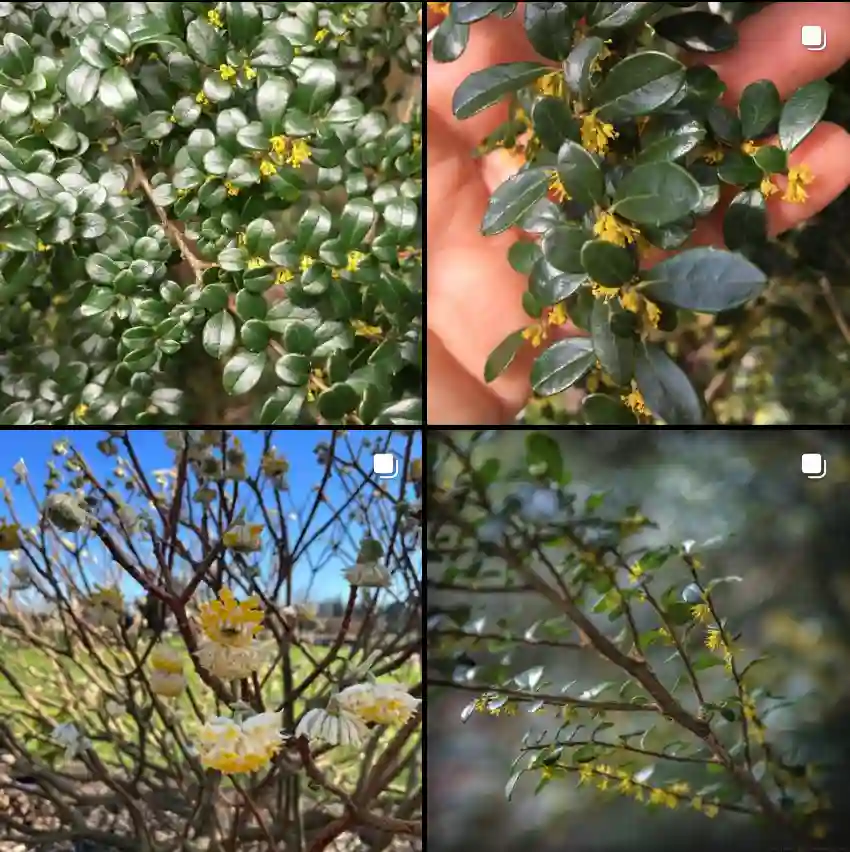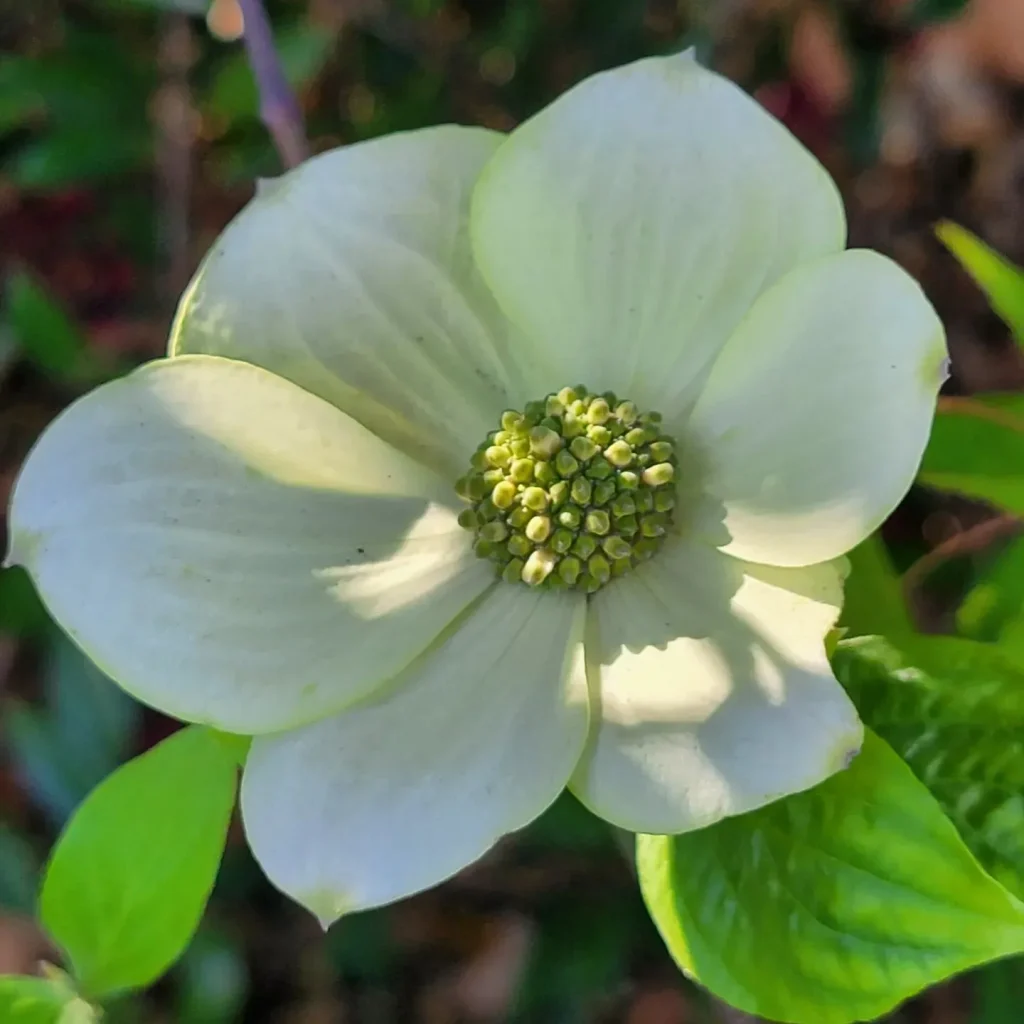In the digital age, online shopping has become increasingly popular. Plant enthusiasts often search for rare and unique plant varieties on social media platforms. However, behind those stunning and exotic plant images often lurk deceptive tactics. With the advancement of artificial intelligence (AI), creating fake plant images has become easier than ever. This article will guide you on how to identify and avoid purchasing counterfeit plant products.
How AI Creates Hyperrealistic Images?
AI technology has made significant strides, enabling computers to generate incredibly realistic images. By analyzing millions of real plant images, AI algorithms can learn to combine different features such as color, shape, and size to create entirely new images. For instance, a monstera leaf can be combined with the color of a rose and the size of a taro leaf. The result is a hyperrealistic plant image that doesn’t exist in the natural world.
Why Are Fake Images Created?
- Profit: Malicious individuals exploit consumers’ curiosity and love for plants by selling low-quality or non-existent products.
- Trendsetting: Some people create fake images to establish new trends and attract attention from the online community.
- Technology Testing: AI developers may create fake images to test and improve their technology.
Signs of Fake Plant Images
- Unnatural Colors: Natural plants typically have harmonious colors. If a plant has overly vibrant or unnatural colors, be suspicious.
- Excessive Size or Disproportion: Plants that are significantly larger than their natural size or have disproportionate parts are likely fake.
- Strange Shapes: Plants with unusual or unnatural shapes are a red flag.
- Blurred or Distorted Text: If there is any text in the image, check if it is clear and not blurred or distorted.
- Unusual Details: Pay close attention to small details. If there are any inconsistencies, be cautious.
- Lack of Information: Search for information about the plant on reputable websites. If you cannot find any information, it’s likely a fake.
Common Examples
- Multi-colored Flowers: Images of flowers with multiple vibrant colors on a single petal are often AI-generated.
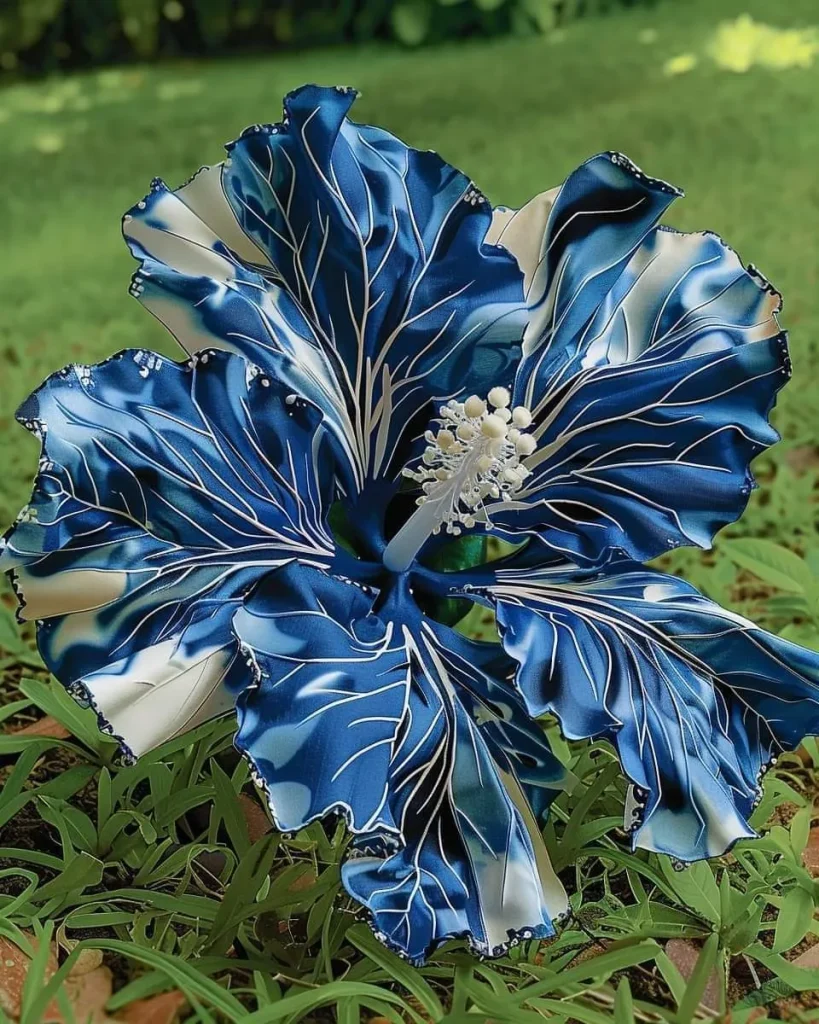
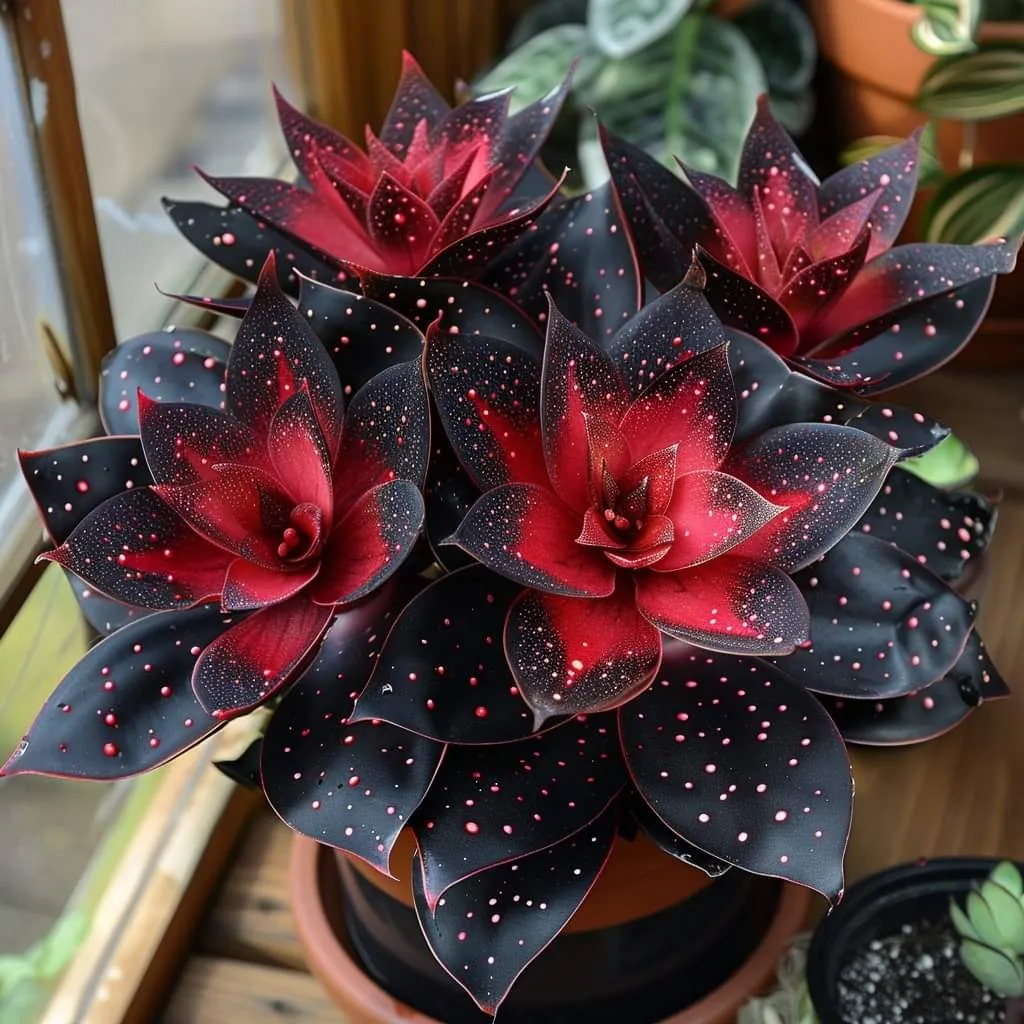
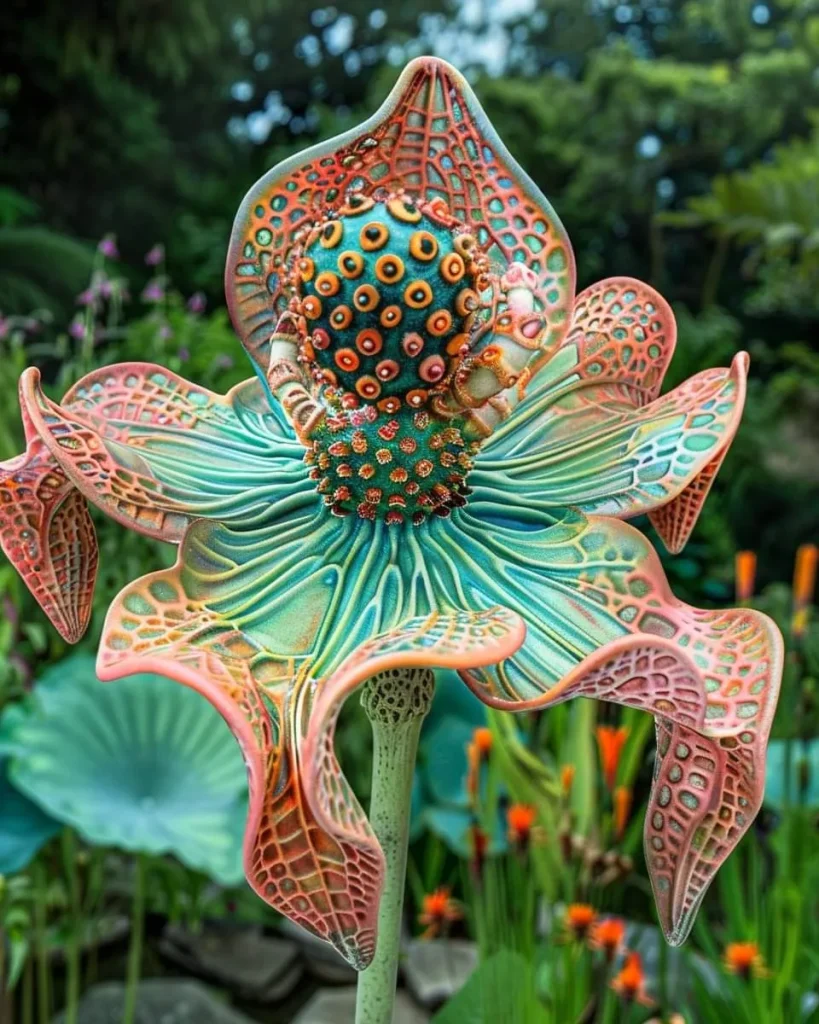
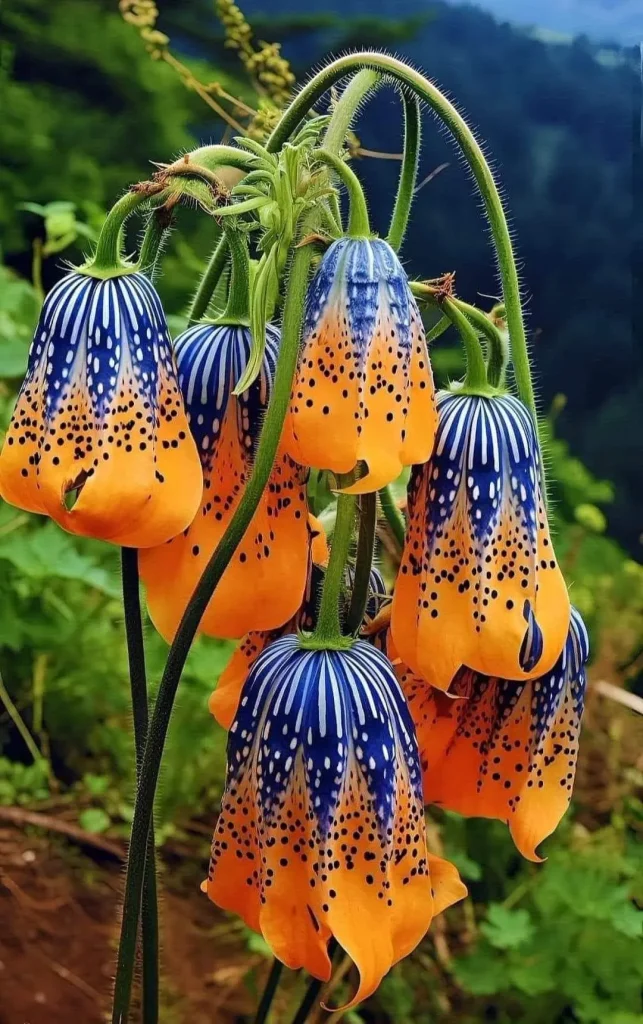
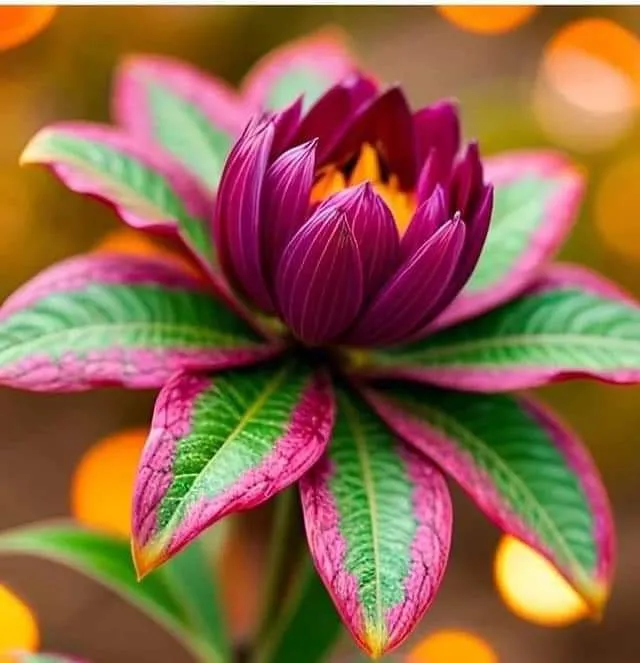
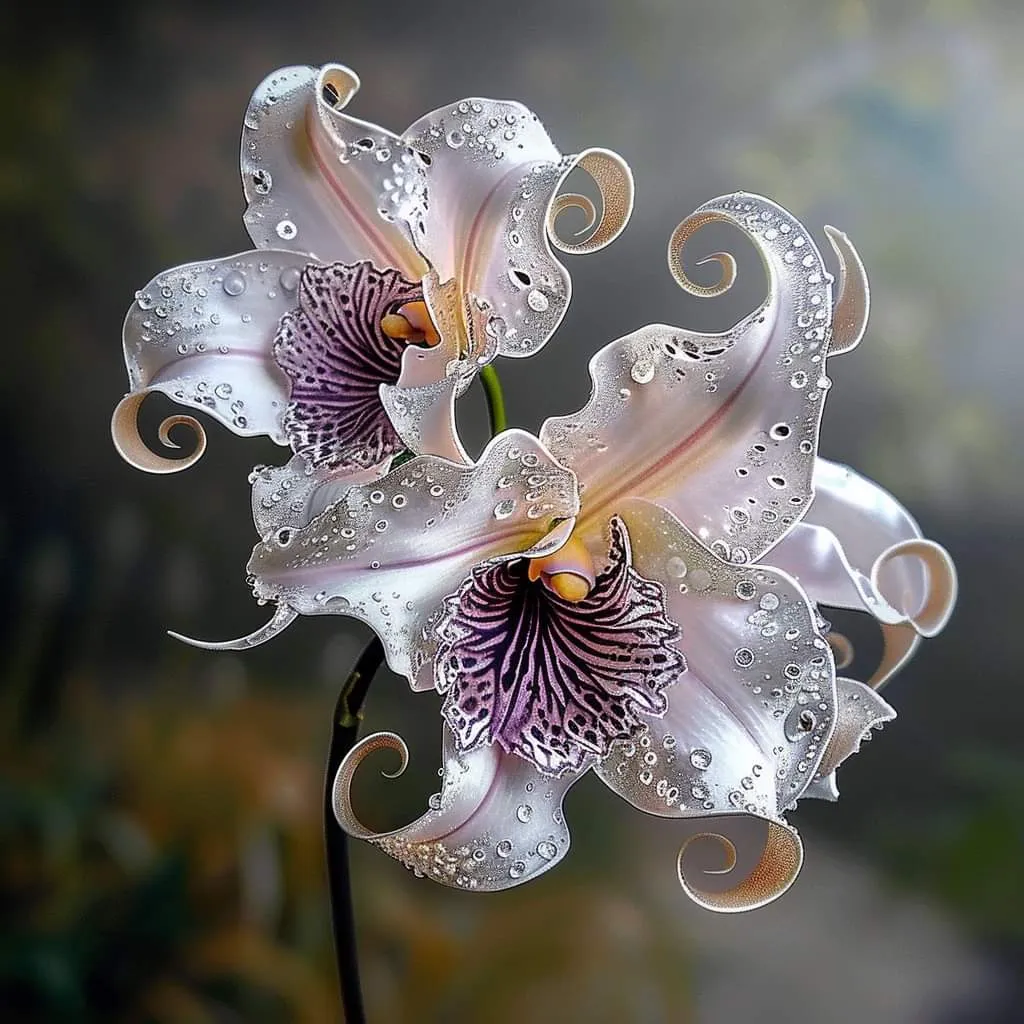
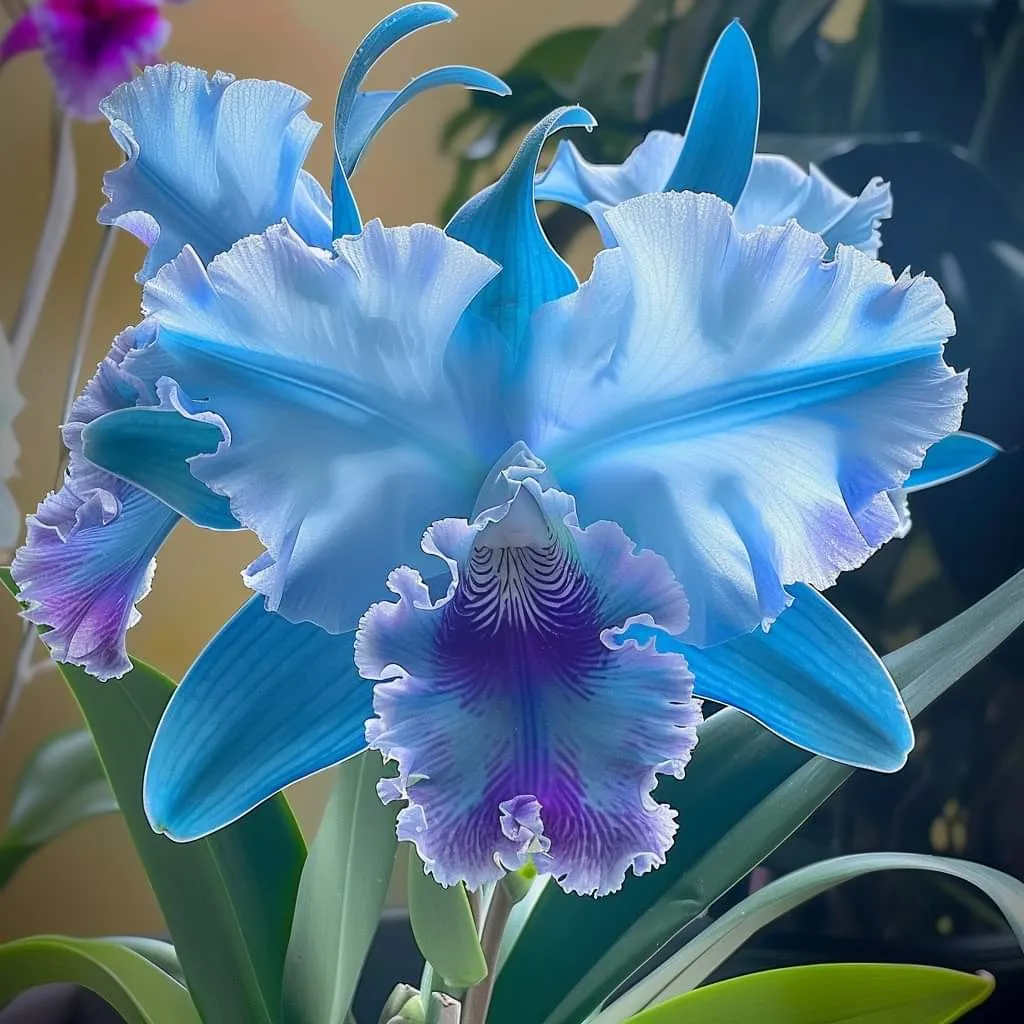
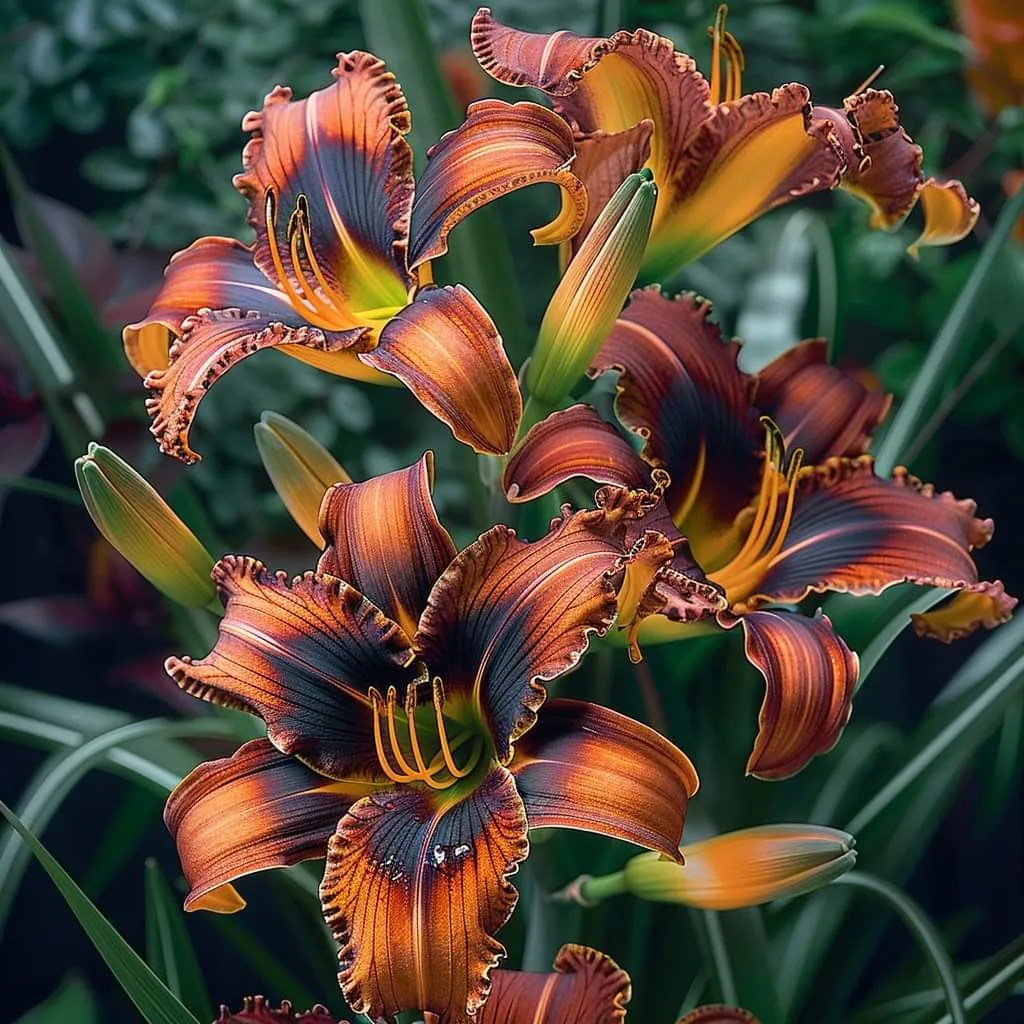
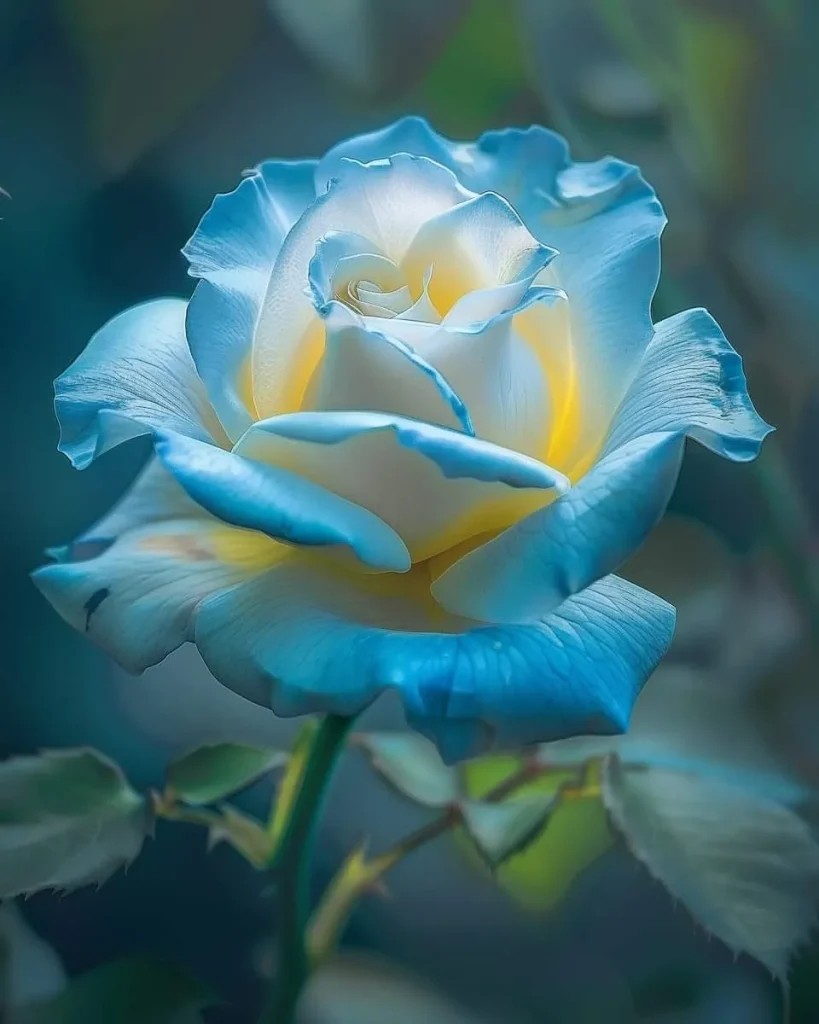
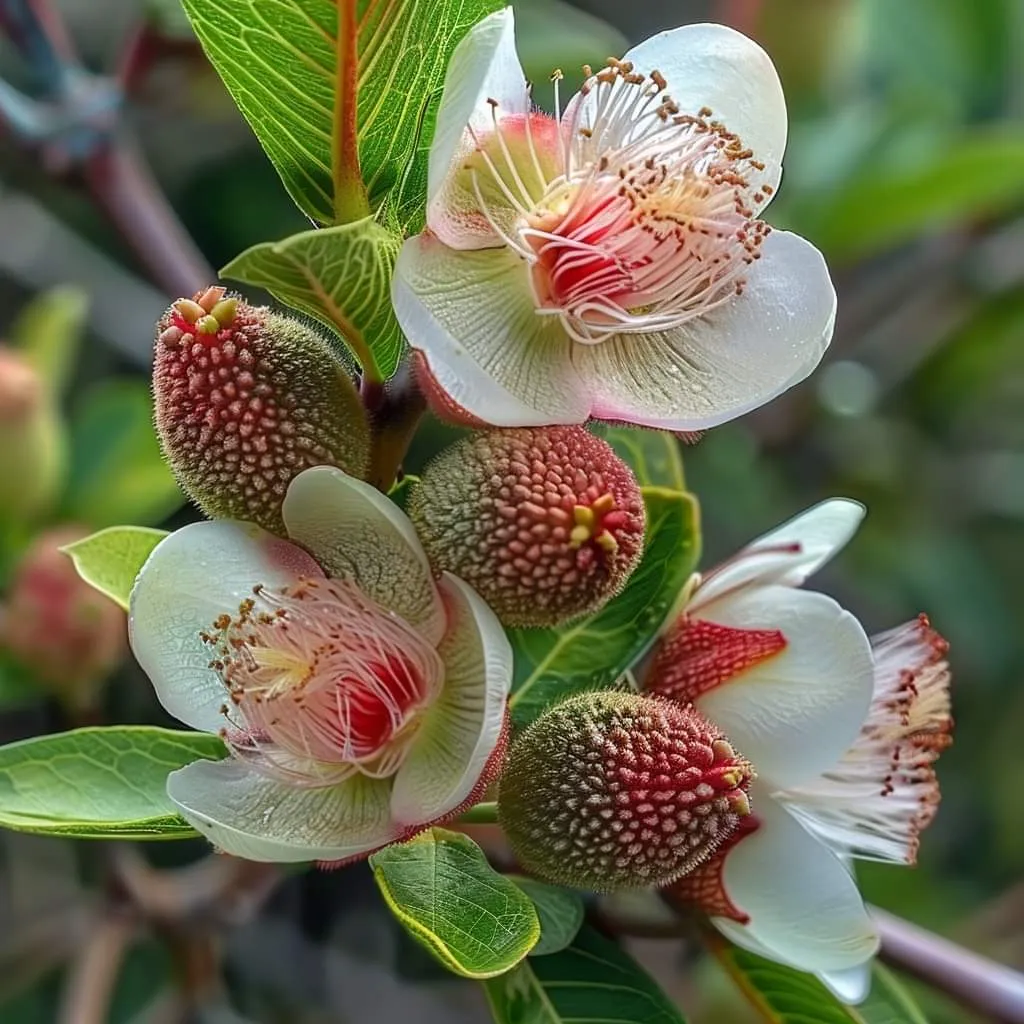
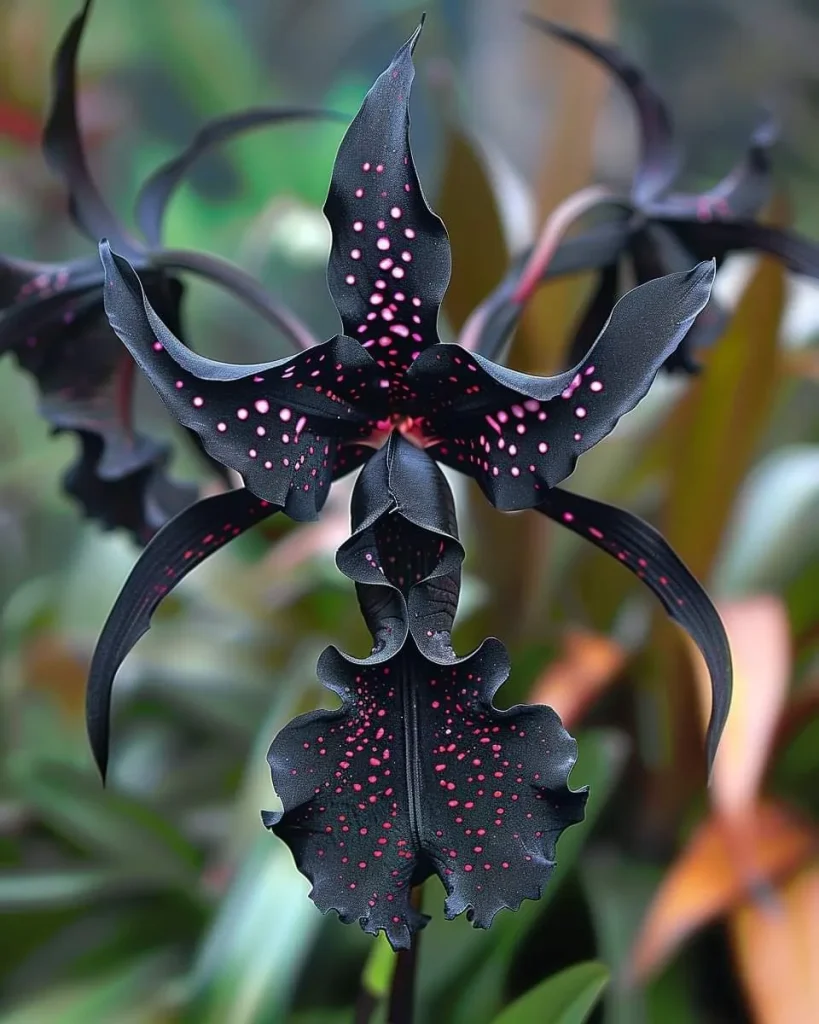
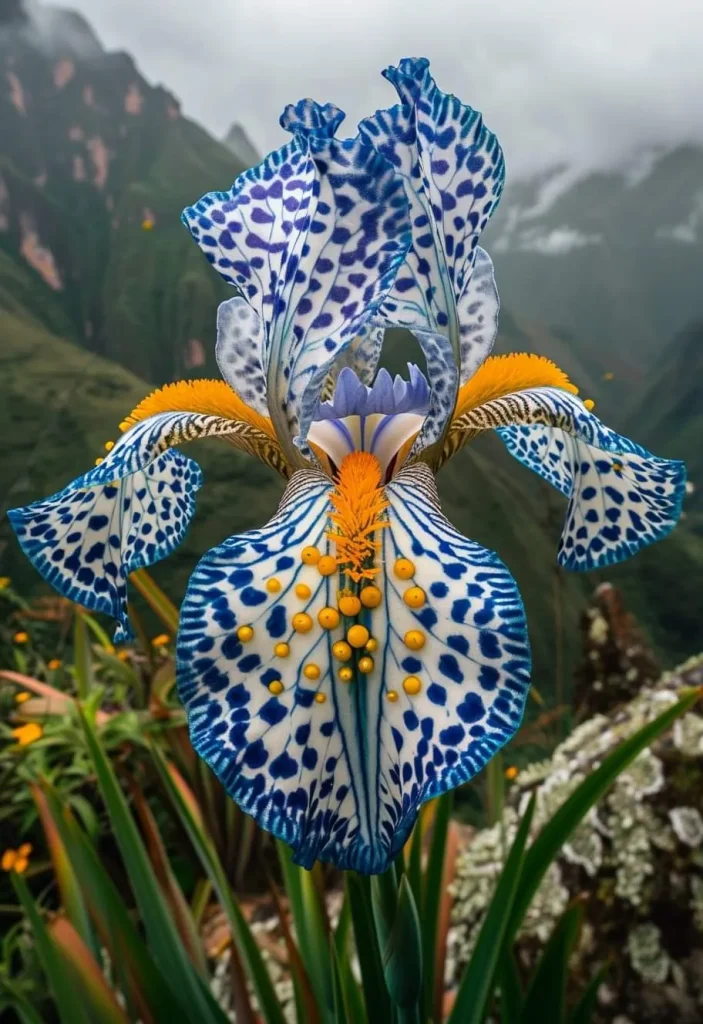
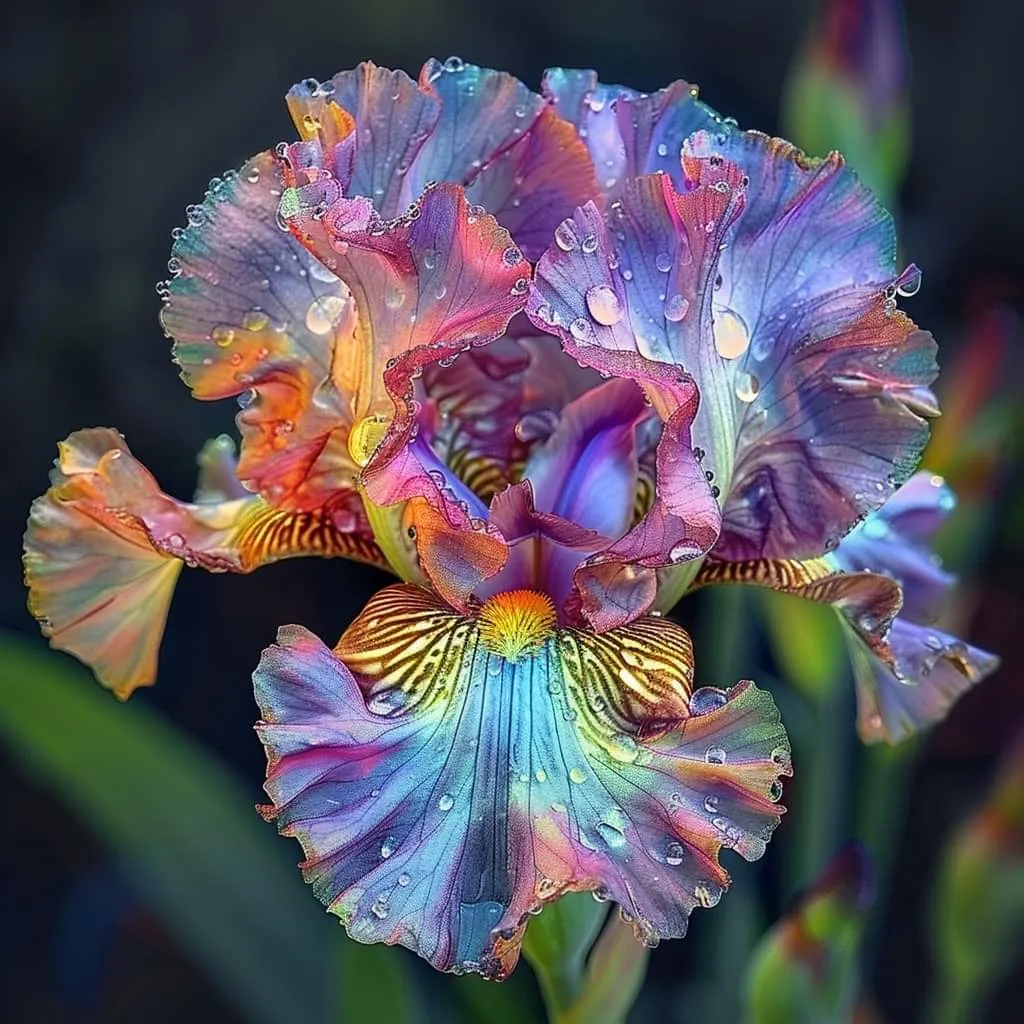
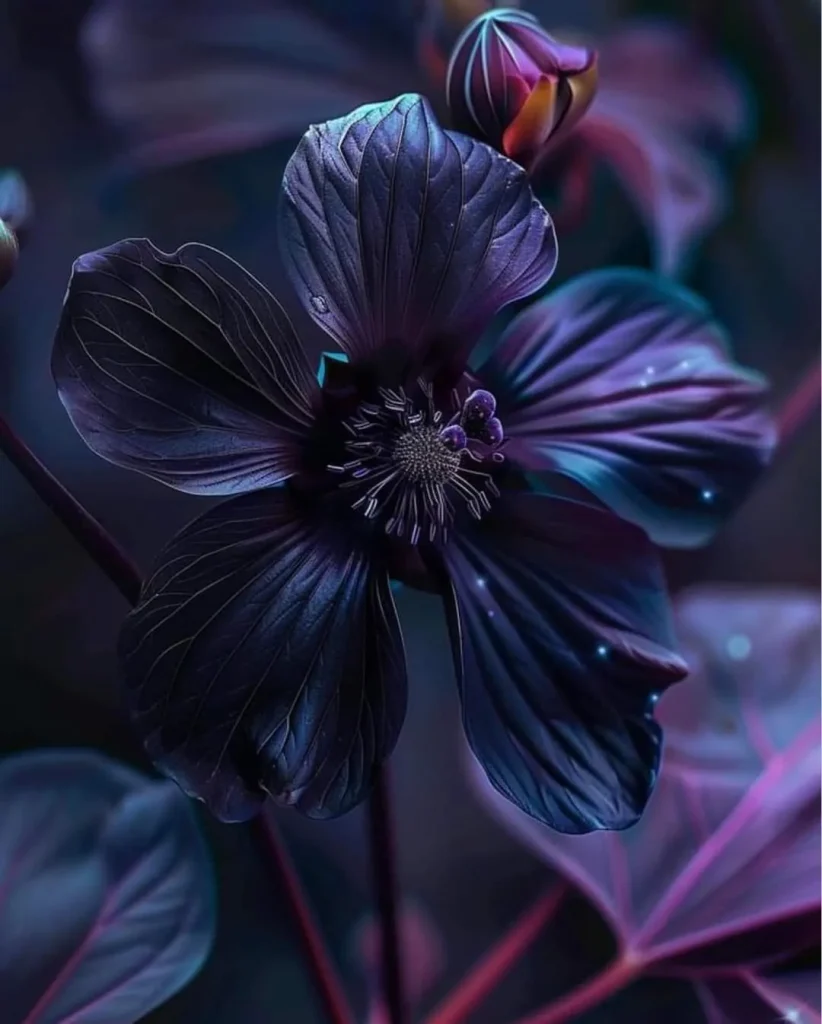
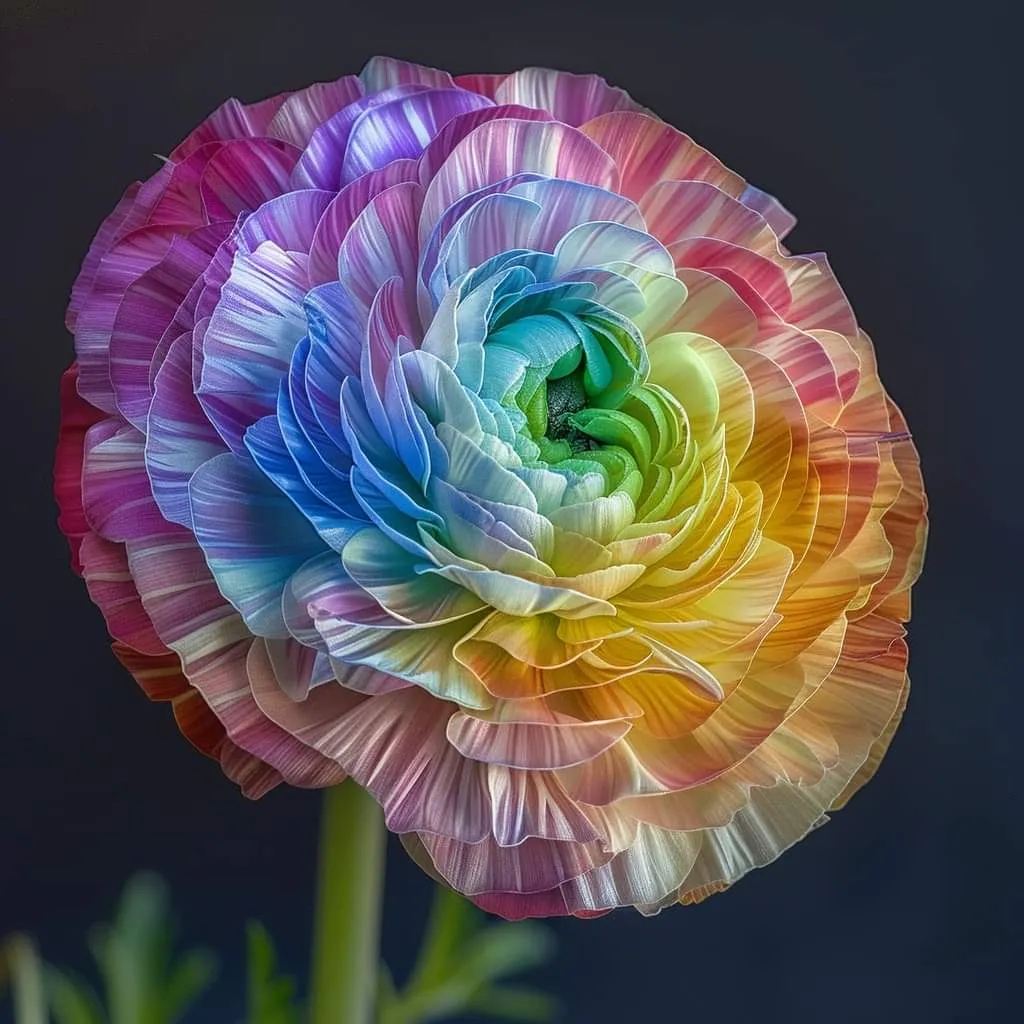
- Oddly Shaped Cacti: Cacti shaped like animals or objects are usually the result of photo editing or 3D modeling.

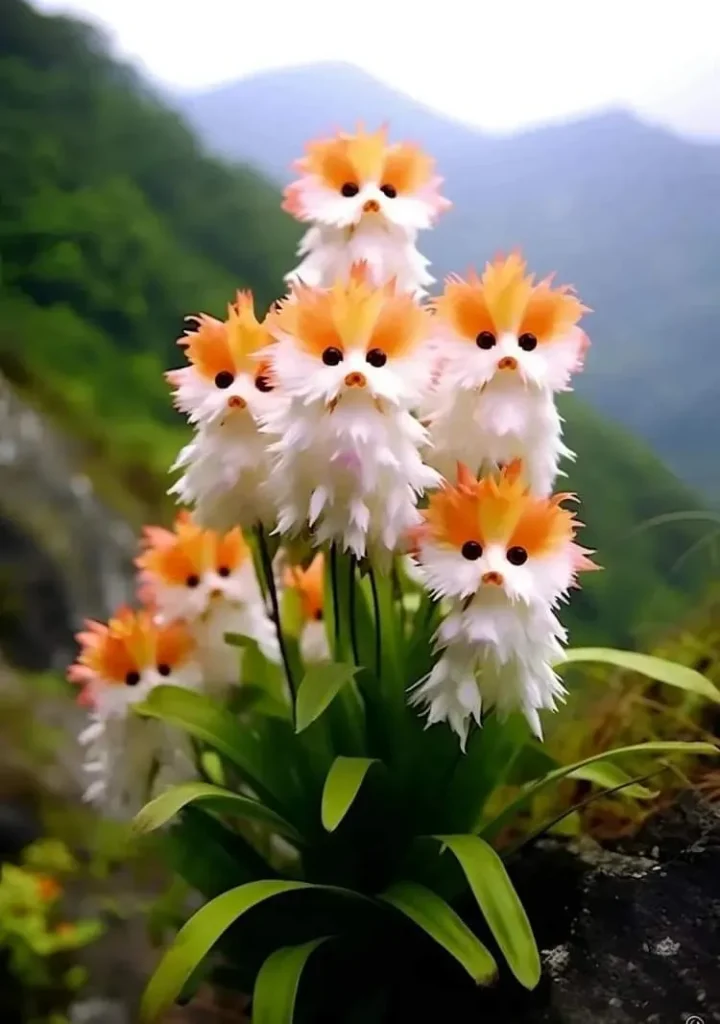
- Miniature Bonsai: Extremely small bonsai trees with perfect shapes might be the product of photo manipulation or 3D rendering.
- Colorful Hostas, i never seen these hosta varieties in real life.
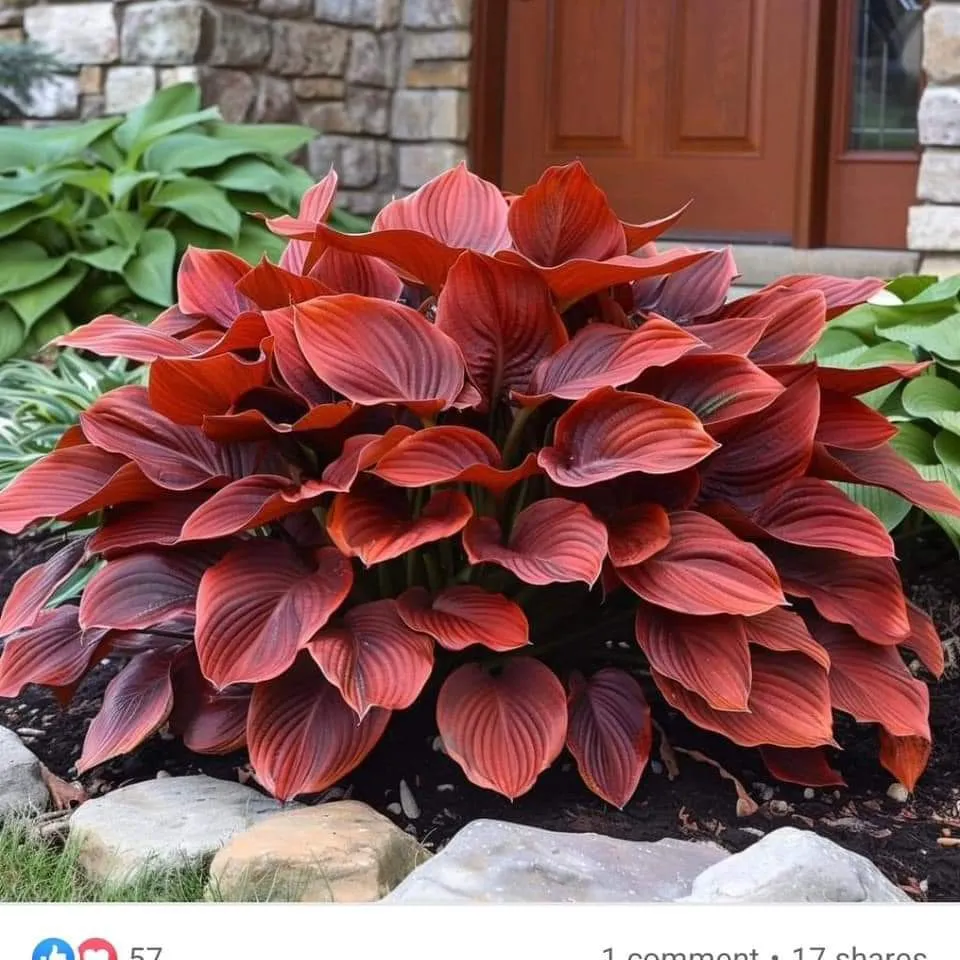
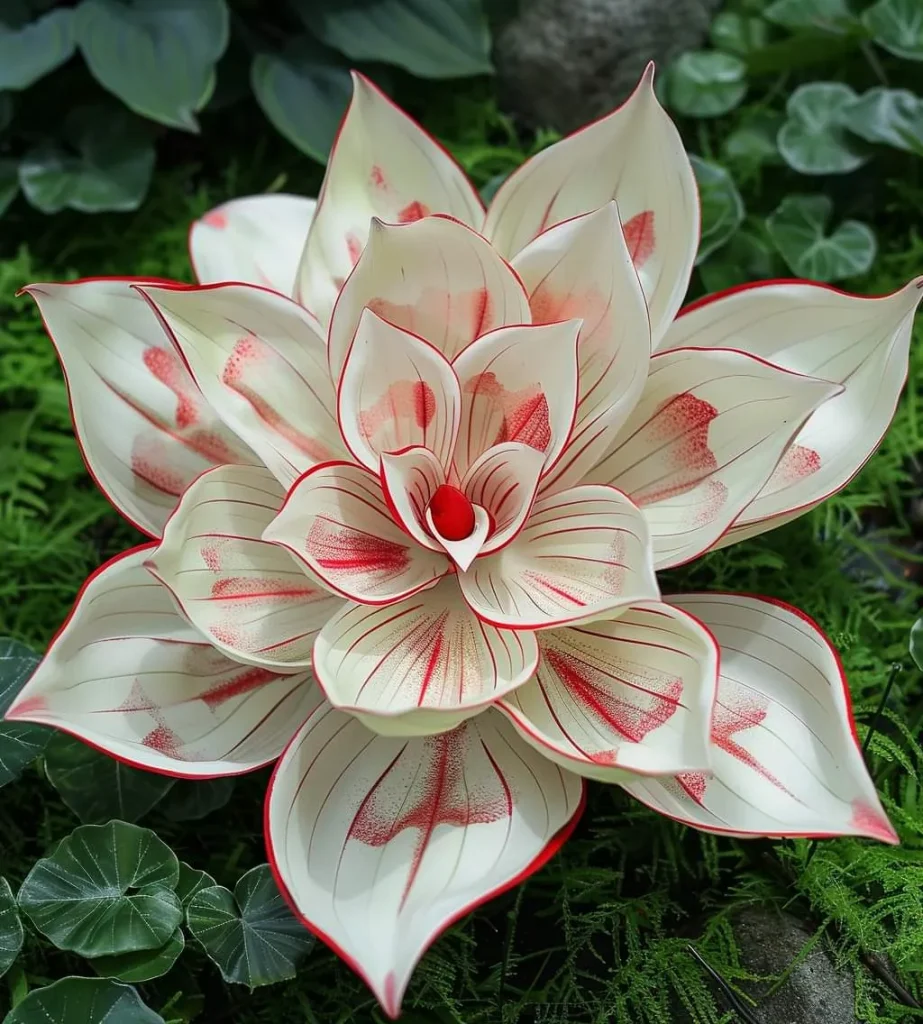
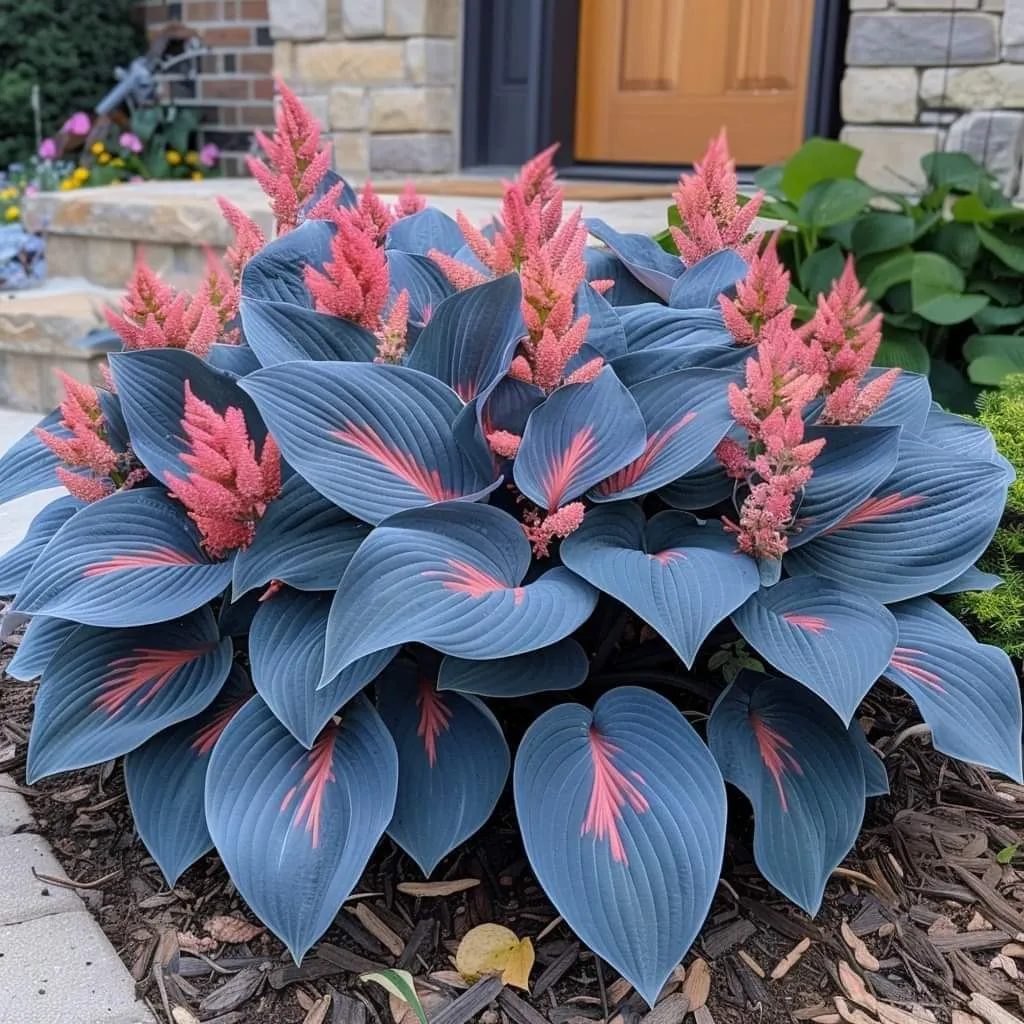
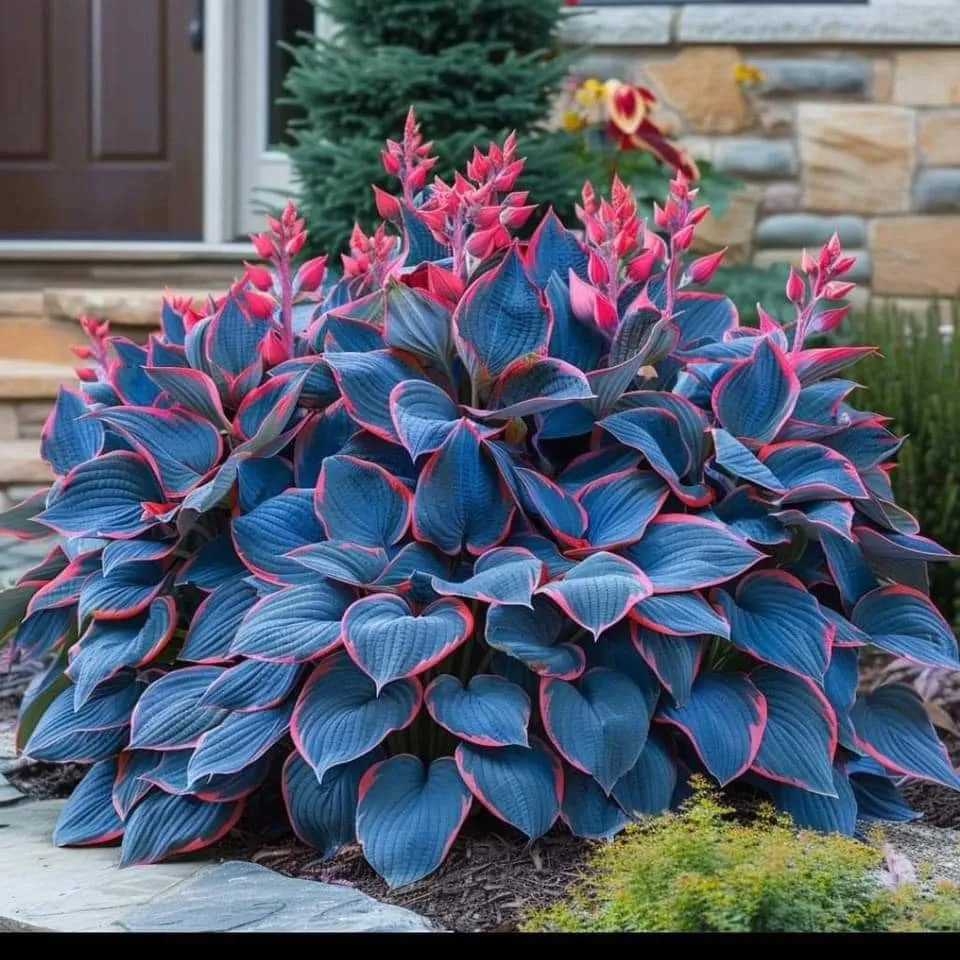
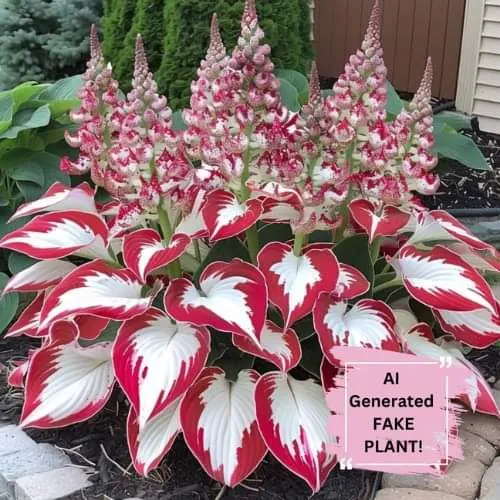
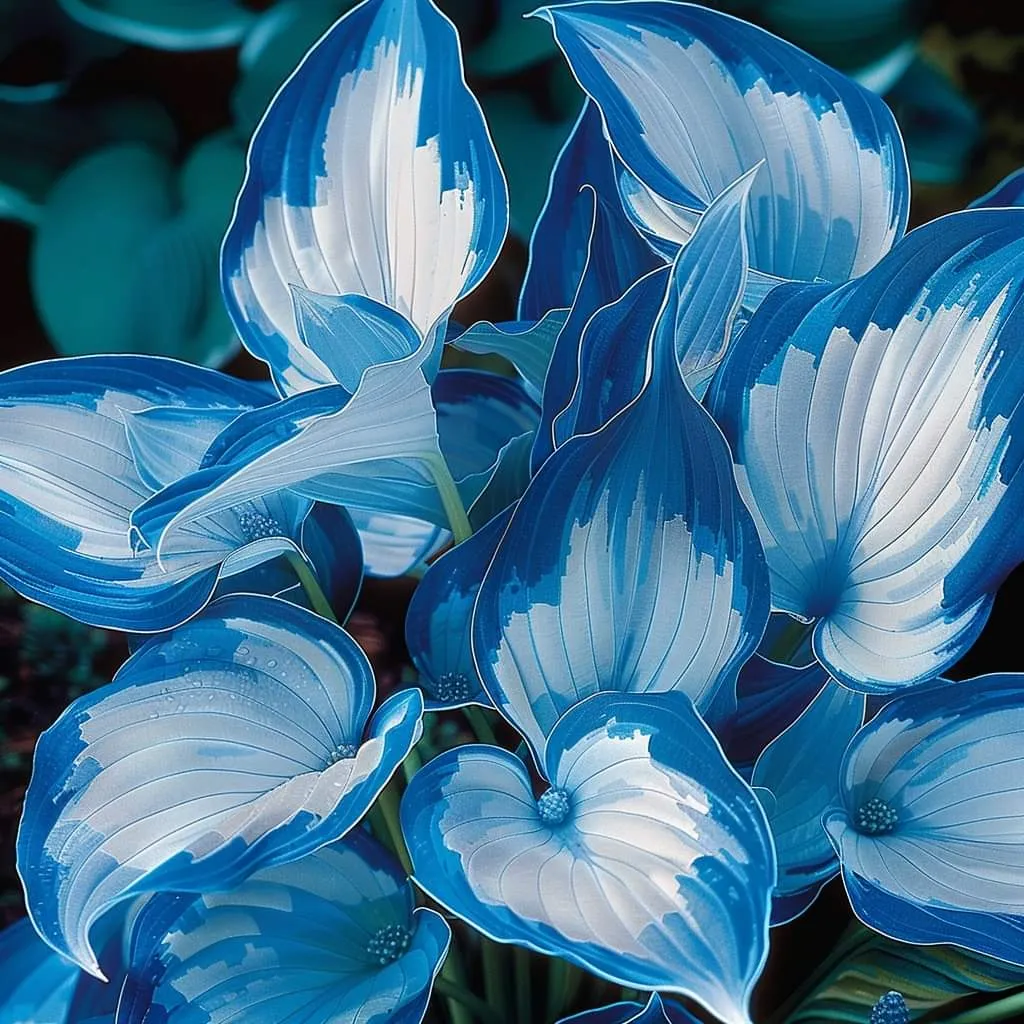
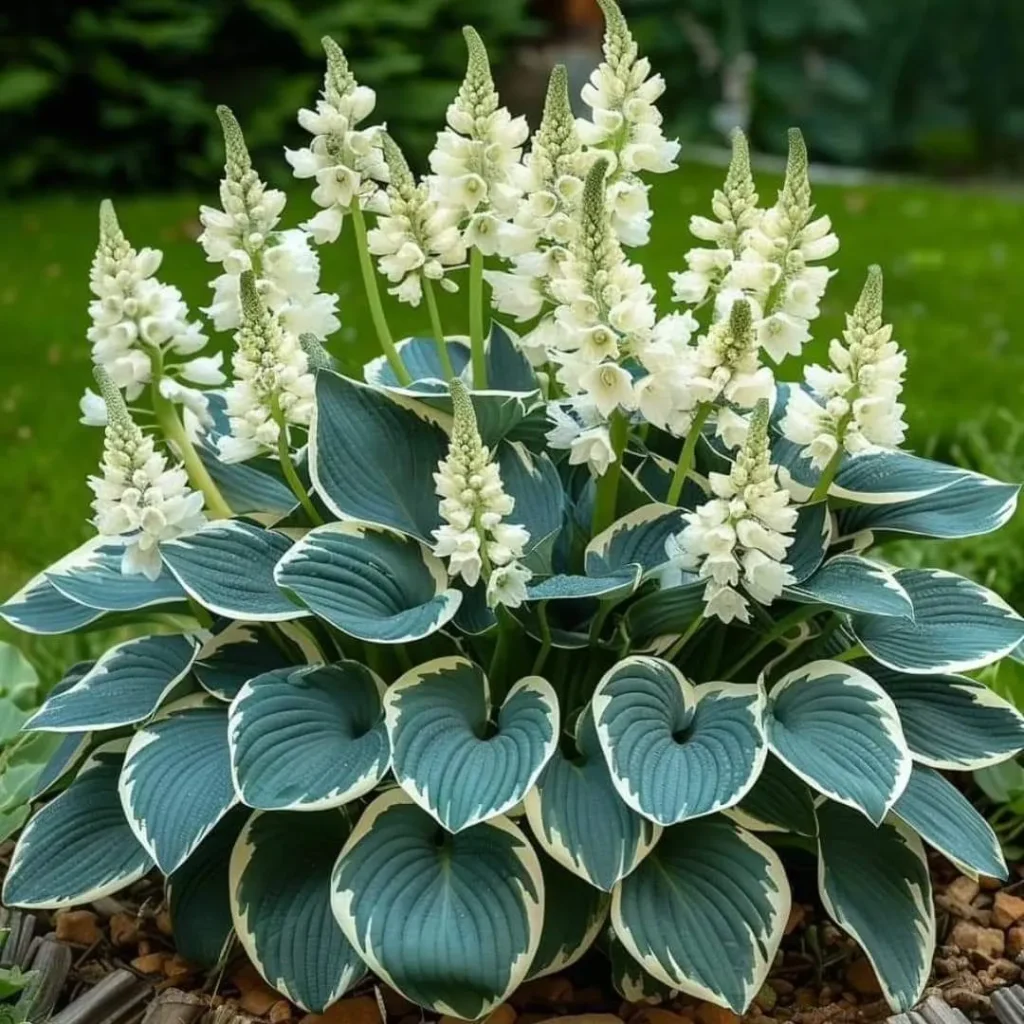
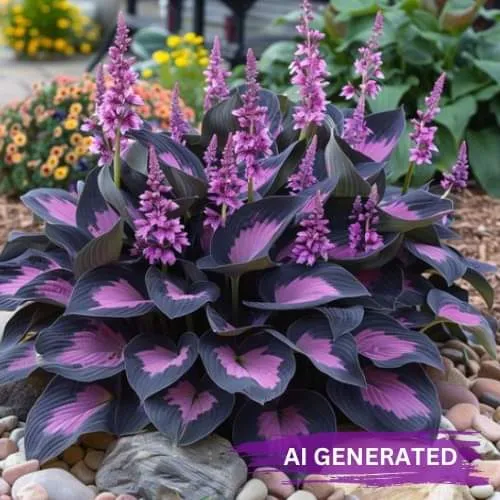
- Huge and unreal colors of elephant ear plants.

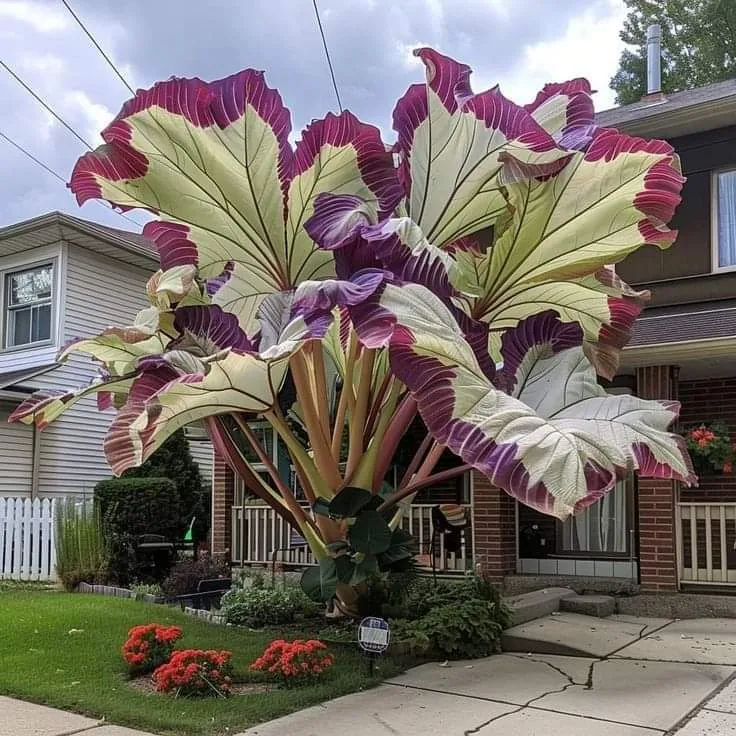
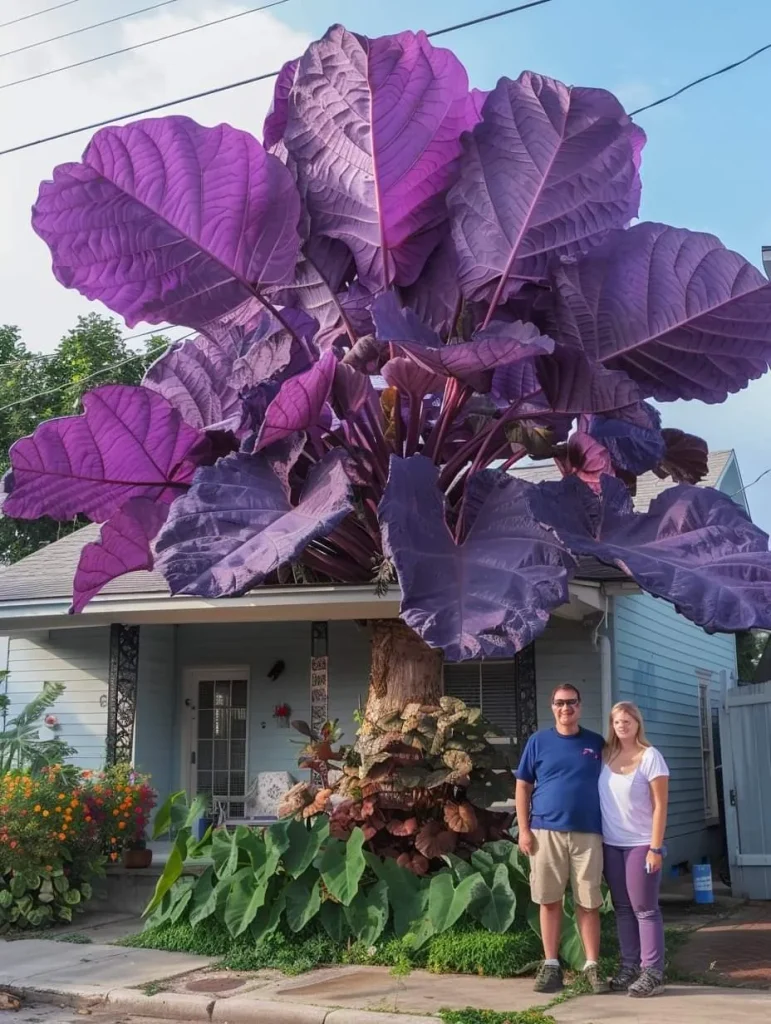
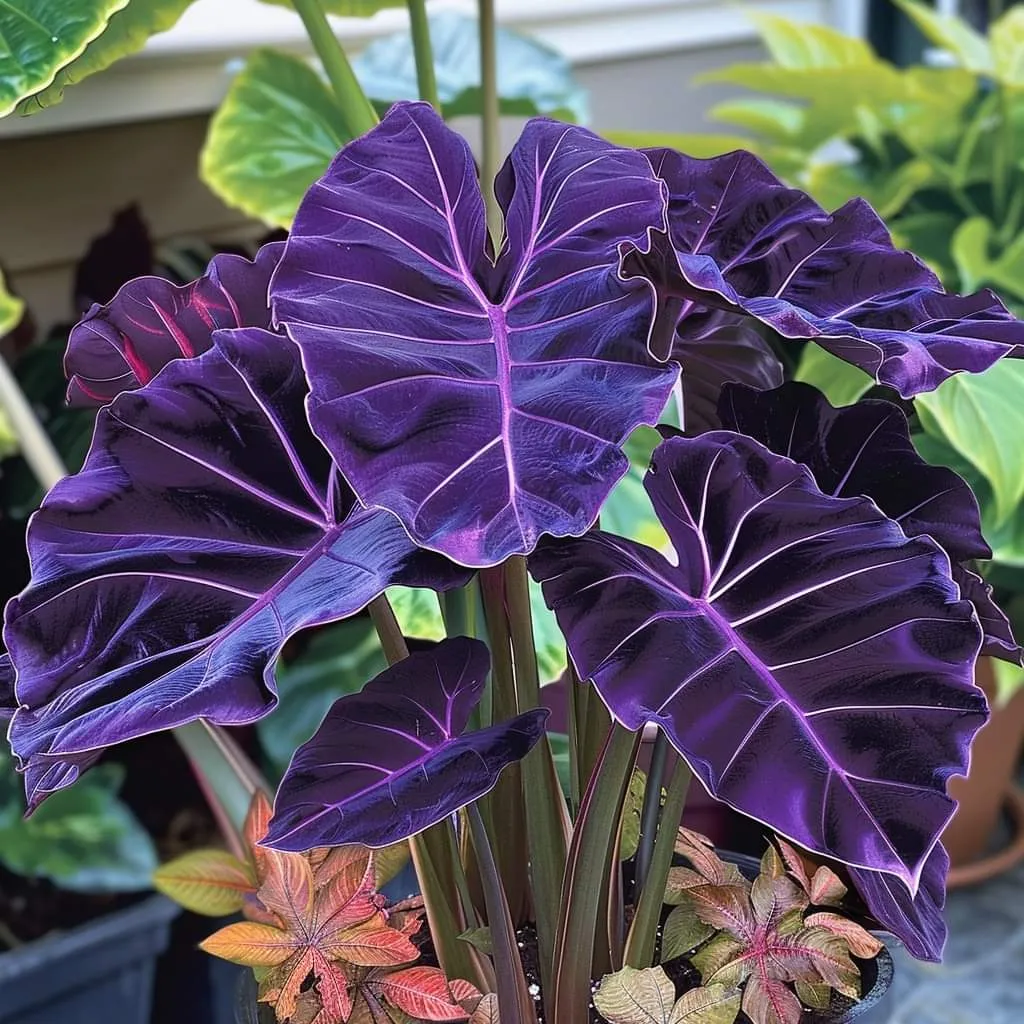
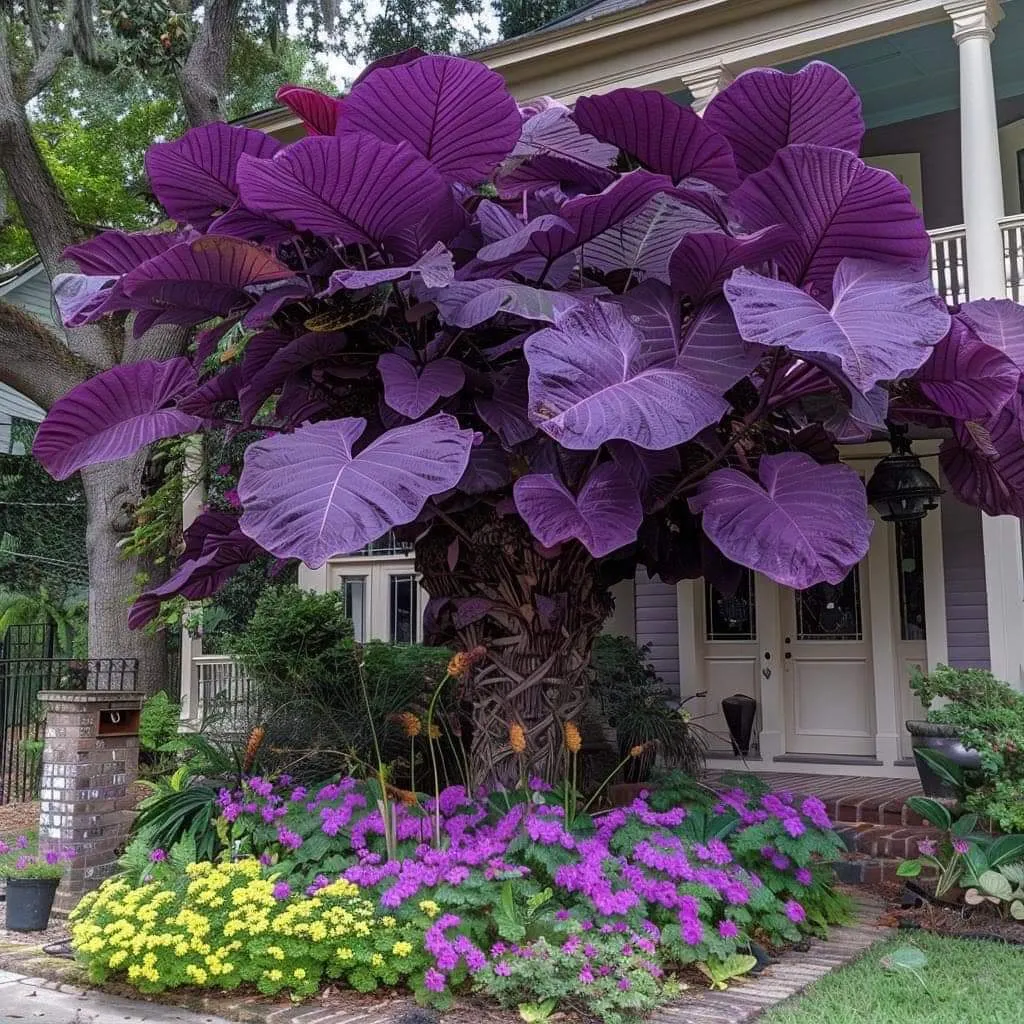
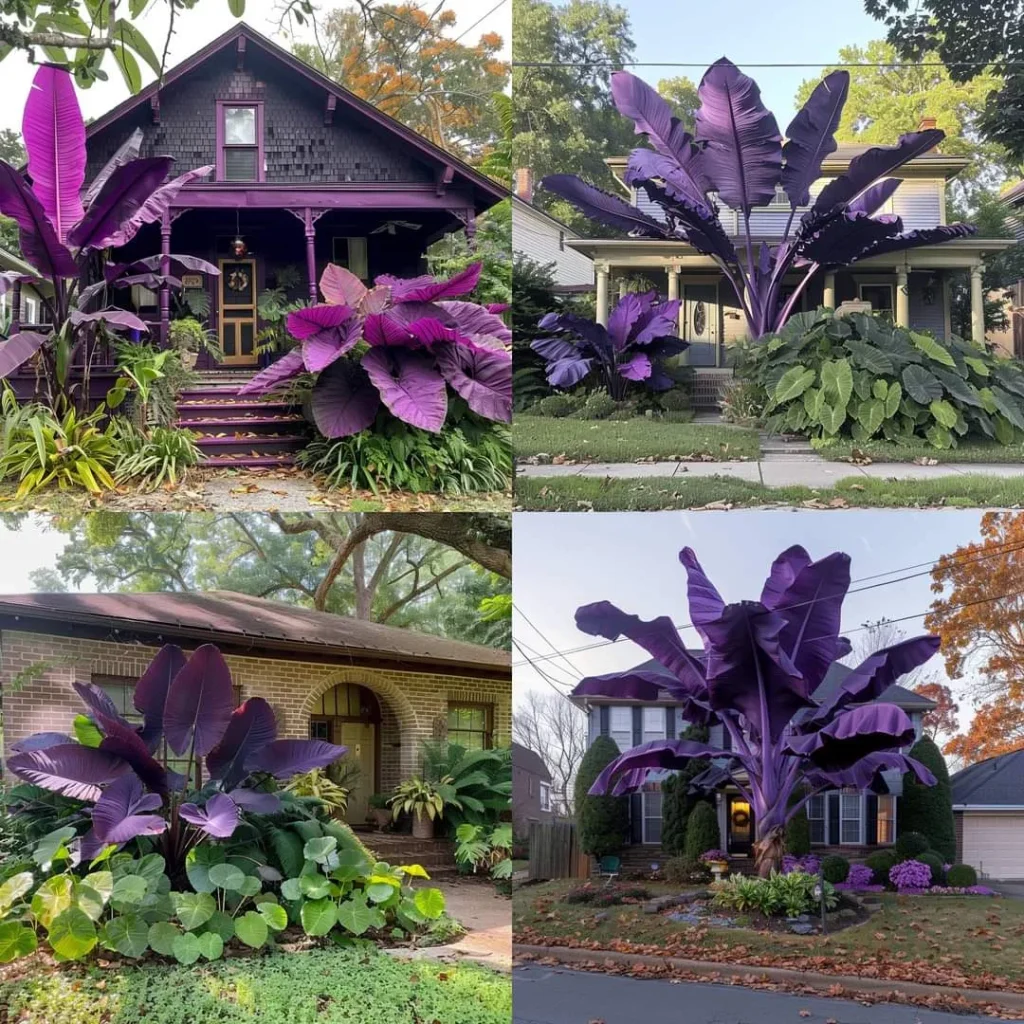


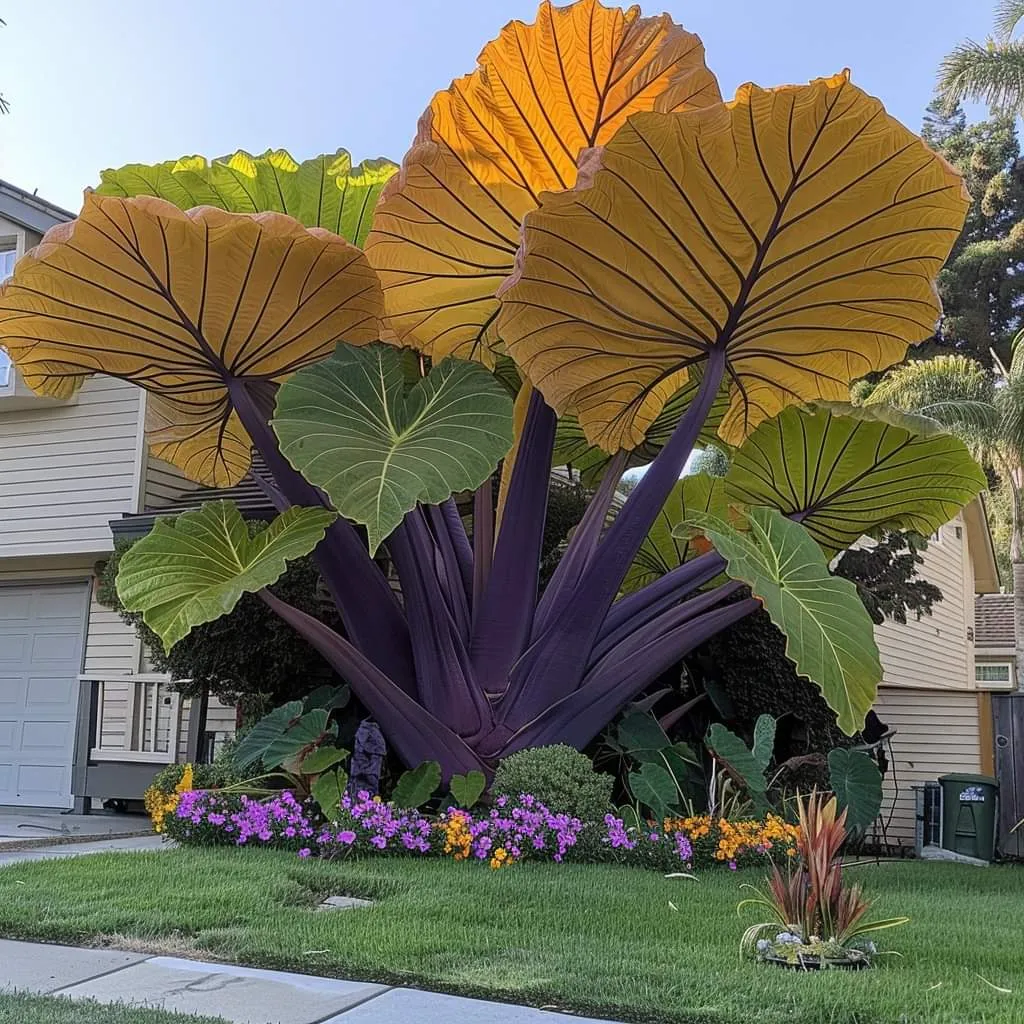
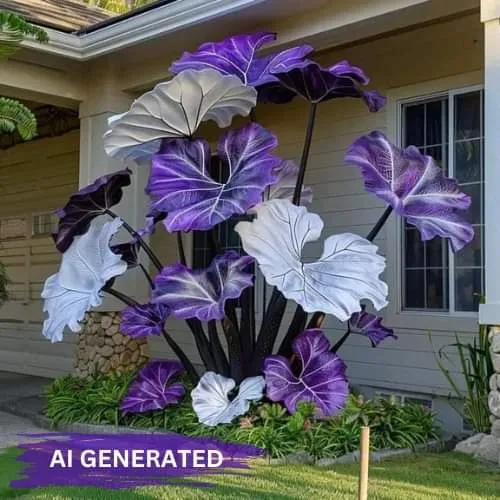
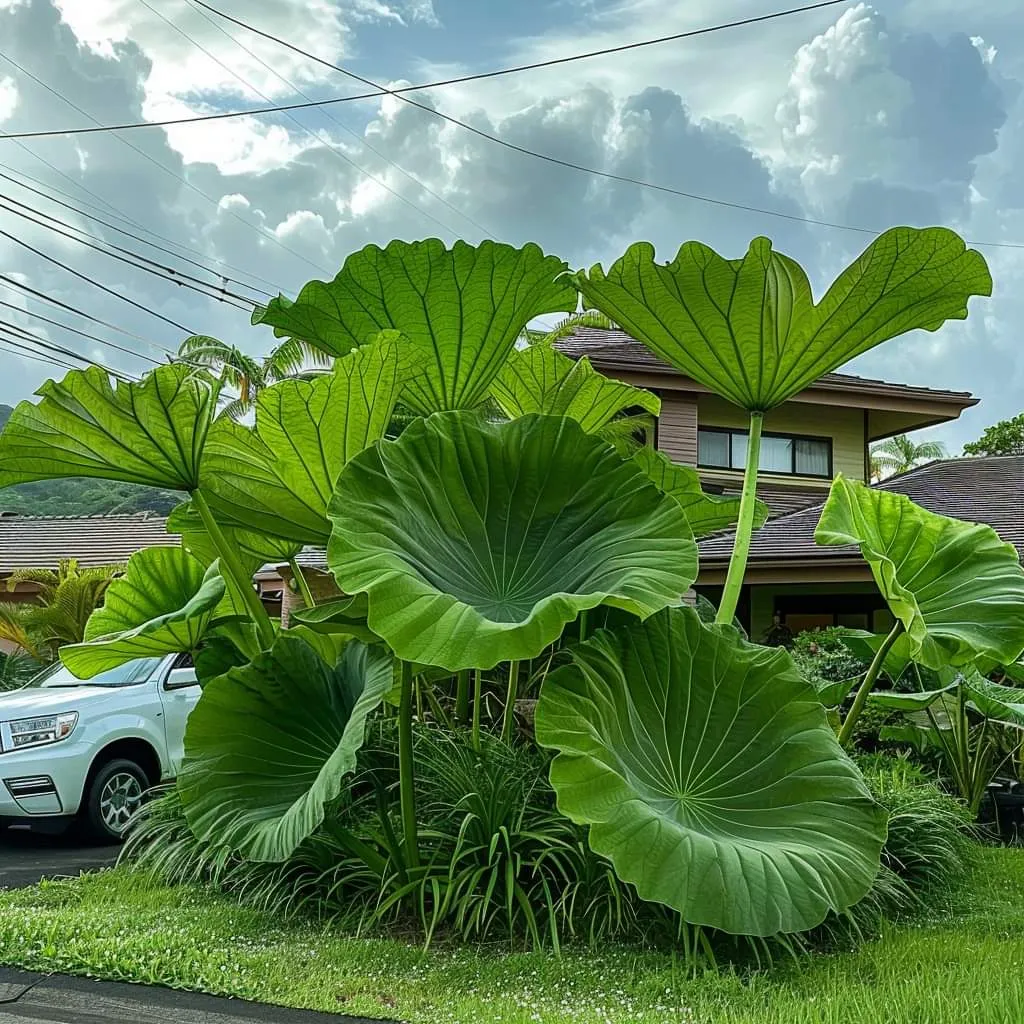
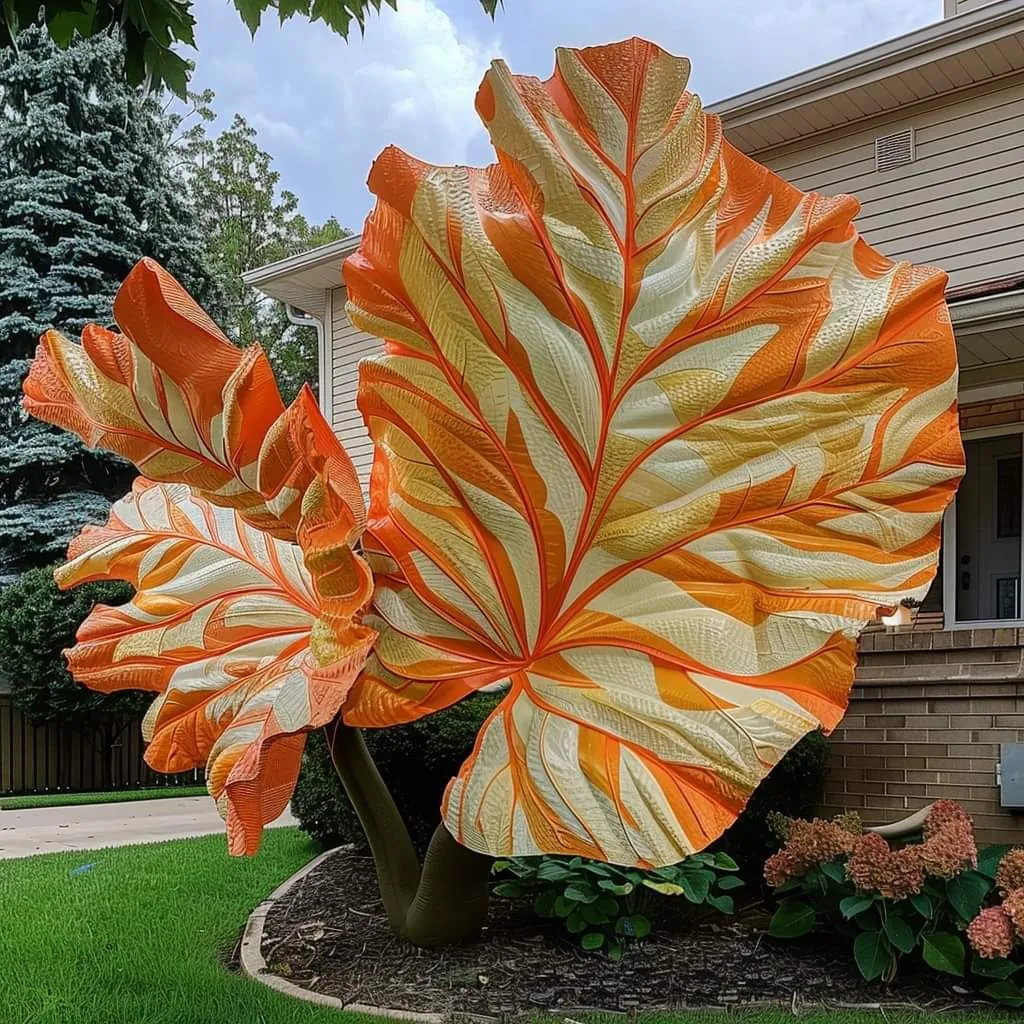

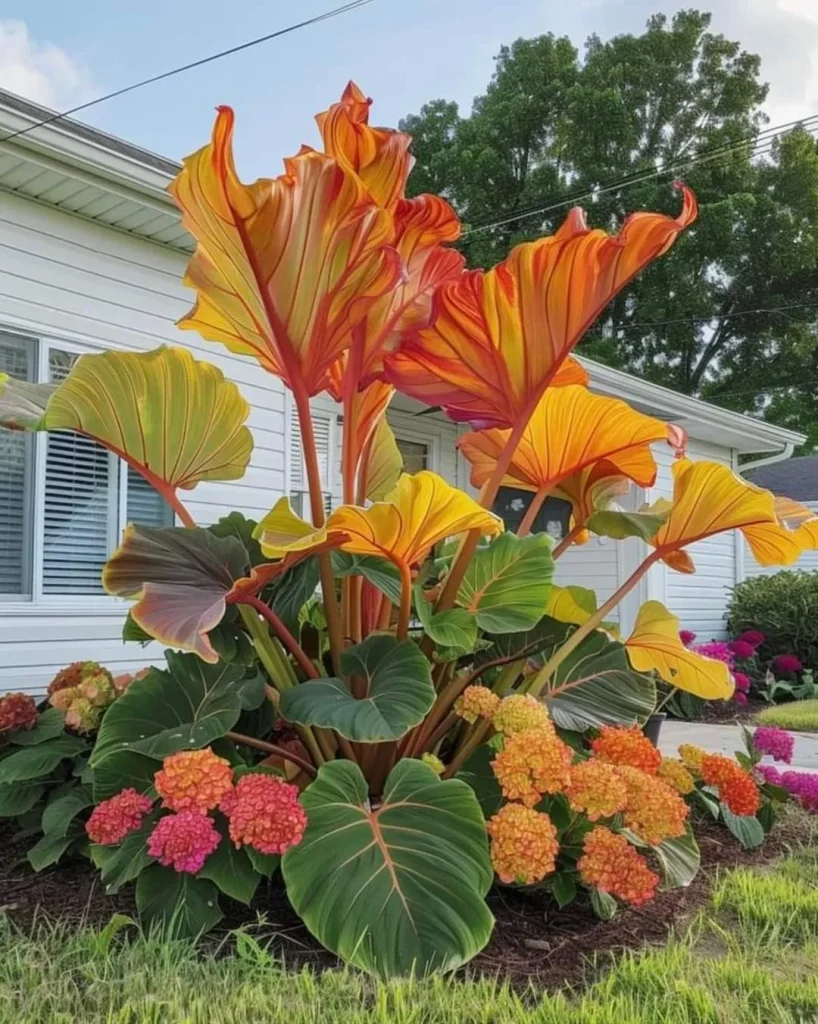
How to Avoid Purchasing Fake Plants?
- Verify Image Source: Determine where the image originated and who posted it.
- Compare with Real Images: Search for real images of the plant to compare.
- Consult Experts: Seek advice from experienced plant enthusiasts.
- Purchase from Reputable Sellers: Choose sellers with a good reputation and physical address.
- Check Product Information: Carefully read product descriptions, including origin, care instructions, before purchasing.
Conclusion
The use of AI to create fake plant images poses challenges for consumers. However, by equipping yourself with basic knowledge and maintaining a cautious attitude, you can avoid falling victim to scams. Share this article to help raise awareness about this issue.
Want to explore a world of real, extraordinary plants that will leave you amazed? Visit our website to discover a wide range of plant species, from common houseplants to rare botanical wonders that you might not believe exist. For instance, have you ever heard of Begonia Darthvaderiana x Malachosticta? This unique hybrid, which I personally adore, was a delightful surprise to me. It’s a testament to the incredible diversity of the plant kingdom, and I’m passionate about sharing these botanical treasures with others. Join our community and let’s celebrate the beauty of real plants together.
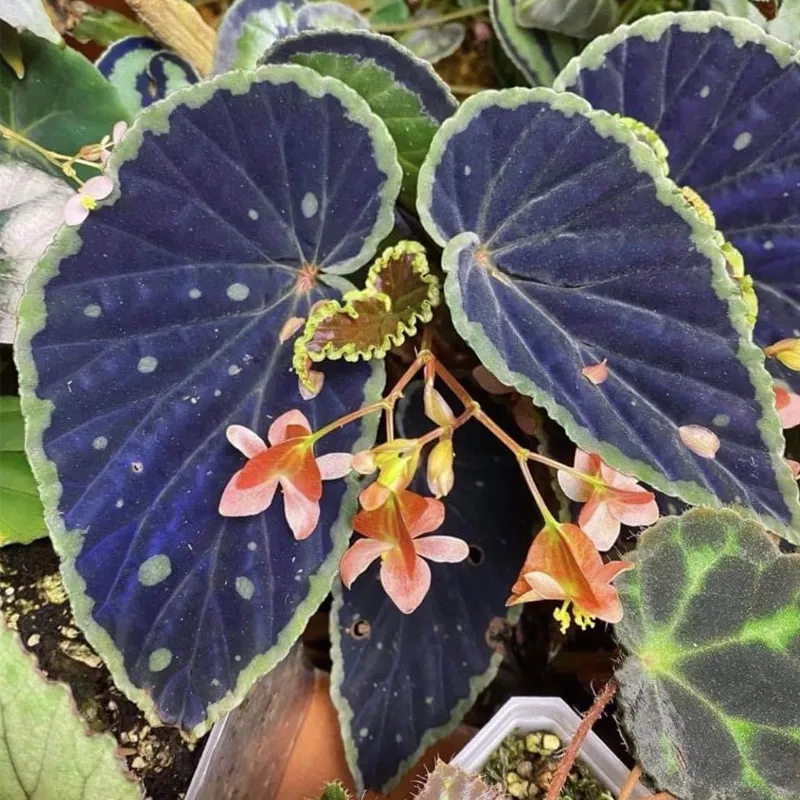
If i die, water my plants!
